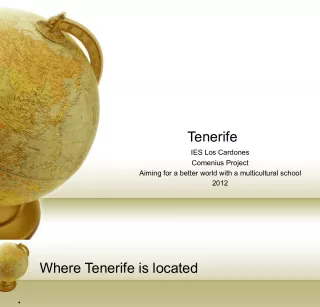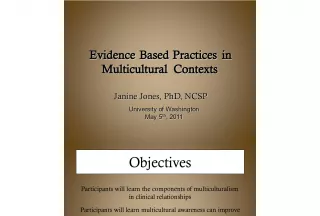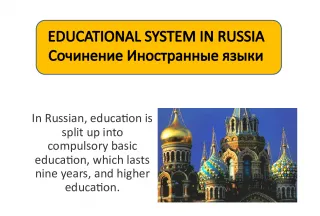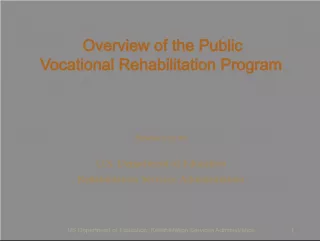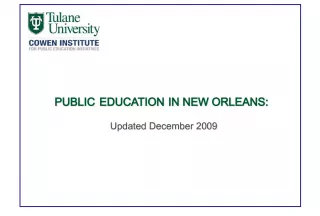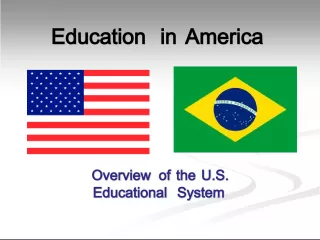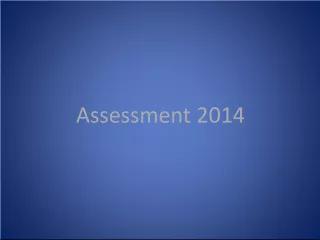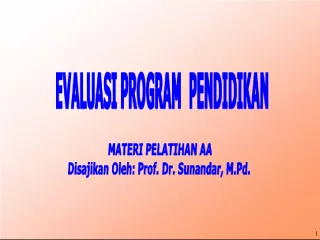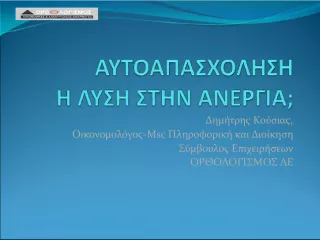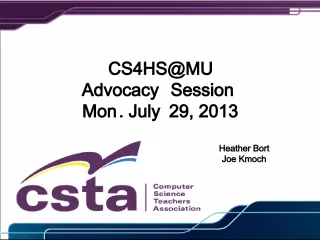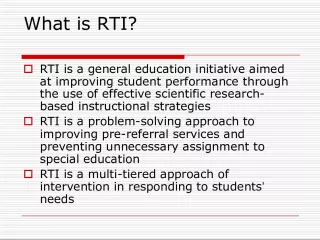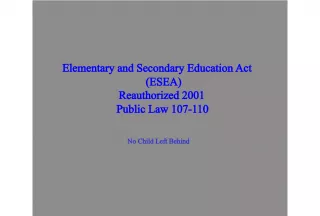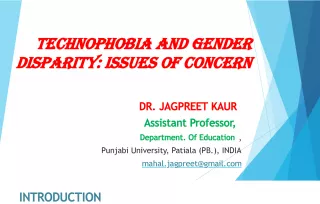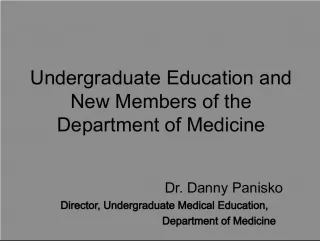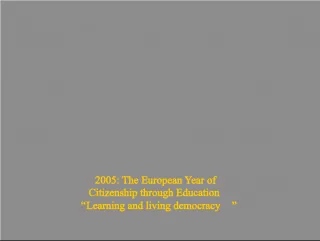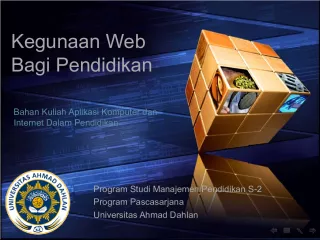Multicultural Education in London: A Brief Overview
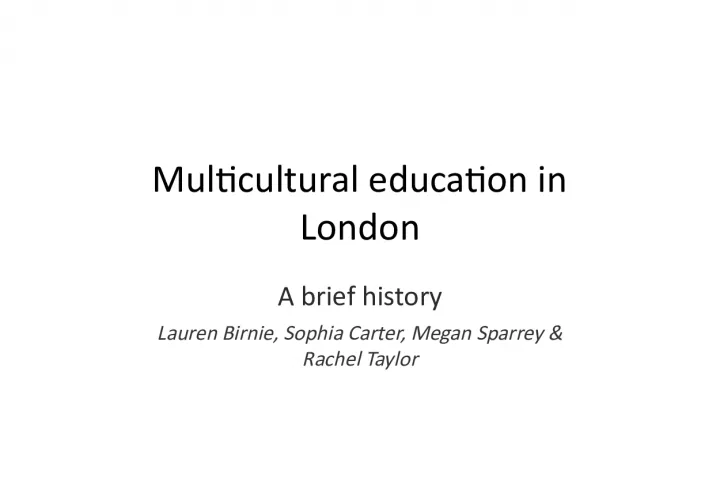

This article provides a concise history of multicultural education in London, focusing on the significant increase in immigration in the 1950s and the government's commitment to preventing the concentration of immigrants in specific schools in 1963.
- Uploaded on | 0 Views
-
 aryanna
aryanna
About Multicultural Education in London: A Brief Overview
PowerPoint presentation about 'Multicultural Education in London: A Brief Overview'. This presentation describes the topic on This article provides a concise history of multicultural education in London, focusing on the significant increase in immigration in the 1950s and the government's commitment to preventing the concentration of immigrants in specific schools in 1963.. The key topics included in this slideshow are multicultural education, immigration, assimilation, London, history,. Download this presentation absolutely free.
Presentation Transcript
2. Multicultural education in London A brief history Lauren Birnie, Sophia Carter, Megan Sparrey & Rachel Taylor
3. 1950s Huge increase in immigration especially from the West Indies and other areas of the Commonwealth Many settled in London Main aim at that time was for the children to become assimilated as quickly as possible into British (English!) society
4. 1963 'If possible, it is desirable on education grounds that no one school should have more than about 30 per cent of immigrants ... I must regretfully tell the House that one school must be regarded now as irretrievably an immigrant school. The important thing to do is to prevent this happening elsewhere. Minister of education in the House of Commons
5. Attitudes in 1965 ...parents of non-immigrant children can see that practical measures have been taken to deal with the problems in the schools, andprogress of their own children is not restricted by the undue preoccupation of the teaching staff with the linguistic and other difficulties of immigrant children. every effort should be made to disperse the immigrant children round a greater number of schools and to meet such problems of transport as may arise.'
6. 1966 Local Government Act Grants for certain expenditure due to ethnic minority population. Secretary of State may pay, to local authorities who in his opinion are required to make special provision in the exercise of any of their functions in consequence of the presence within their areas of persons belonging to ethnic minorities whose language or customs differ from those of the rest of the community, grants .in respect of the employment of staff
7. Circular 15/1967 which authorities would qualify for funding Those with > 2% children of Commonwealth immigrants That is someone born in the Commonwealth and resided in UK less than ten years
8. 1982-86 The ten year and 2% rule was abolished Eligibility remained restricted to Commonwealth first generation immigrants and their children up to the age of 20 1993 Extension of Section 11 to all ethnic minorities Also removed the need for there to be substantial numbers of ethnic minority people in a LEA
9. Funding from Section 11 1979 33 m 1983 70 m 1989-90 115 m 1996-97 88 m In 1984 80% went to London LEAs In 1996-97 about 66% went to London LEAs Tower Hamlets receiving 5.2 million
10. Directive 486/EEC On the Education of the Children of Migrant Workers Free tuition, including in particular the teaching of the official language or languages of the host state, provided that teaching is adapted to the individual needs of children; Training and re-training of teachers who are tasked to provide tuition; Promotion of the teaching of the mother tongue and culture of the country of origin of such children, along with regular education and in cooperation with the country of origin Adopted by the European Community in 1977
11. Convention on the Rights of the Child (1989, UN) In those States in which ethnic, religious or linguistic minorities or persons of indigenous origin exist, a child belonging to such a minority or who is indigenous shall not be denied the right, in community with other members of his or her group, to enjoy his or her own culture, to profess and practise his or her own religion, or to use his or her own language. Article 30
12. Overview Around Britain Countries of birth Economics Who lives where Read the overview and highlights on the page below, or London has witnessed the largest numbers of newcomers.
13. References http://www2.ohchr.org/english/law/crc.htm http://news.bbc.co.uk/1/shared/spl/hi/uk/05/born_abroad/around_britain/html/l ondon.stm http://www.educationengland.org.uk/documents/swann/swann19.html http://www.educationengland.org.uk/history/index.html Baker, Philip & Eversley, John, eds. 2000. Multilingual capital: The languages of London's schoolchildren and their relevance to economic, social and educational policies. London: Battlebridge Publications. [P 138.M8]
14. The languages of London Schoolchildren (information taken from a study by Philip Baker & Yasir Mohieldeen)
15. The study. A study taken from the book Multilingual identities in a global city : London stories was conducted in 1999. It investigated the languages of Londons schoolchildren. The aim of this article was to examine data on languages used in the homes of pupils at Londons primary and secondary schools in order to establish how many children speak each of these languages.
16. Londons schools London comprises of 32 boroughs and The City. In 1978, the local governments began collecting regular censuses of the numbers of pupils speaking languages other than English at home. Schools in all London boroughs now collect data on the home languages of their pupils regularly.
17. In this study This data relates to 850,000 school children. It was taken in April 1999 and excludes children attending private schools. 350 language names were given, however some of these names were given as alternative names for the same language.
18. Findings The top 10 languages spoken in the childrens homes at London schools (in 1999) are: English 67.8% Bengali 4.51% Panjabi 3.32 % Gujarati 3.19% Hindi 2.91% Turkish 1.74% Arabic 1.23% English based creoles 1.2% Yoruba 1.16% Somali 0.93%
19. Out of all the responses, 3.26% of the languages were recorded as unclassified this means that either: (1) The language name was given as an adjective derived from the name of a country. For example, since Nigerian has about 400 different languages, there was no way such responses could be associated with one particular language. (2) Or simply no language name was given (1) The language could not be traced in the Liguasphere index
20. One question this project has provoked is: How do you decide what is and what is not a language? And what is usually meant by this is: What is the difference between a language and a dialect? Most languages can be divided into a number of dialects associated with different geographical areas and/or particular social or ethnic groups within the society where that language is spoken. A dialect on the other hand is a term for a geographical or social subdivision of a larger entity (i.e. the language).
21. It is important to remember that the data supplied to this project were collect by people who were non-linguists and it has therefore been necessary to take account of the general publics views of what constitutes a language and a dialect in order to interpret these data correctly. Another limitation of this study is that it was conducted 14 years ago, and so some of this data may be out of date by now.
22. Issues, opinions and data on how multilingualism affects schooling in London
23. *Laws state that people are entitled to their own human rights which includes using the language of their choice* * Access to education in a minority language is also seen as a human right as granted by the European Convention on human Rights and Fundamental Freedoms, the European Charter for Regional or Minority languages and the UN Human Rights Committee* Language Rights in education
24. London
25. Case Study: Walthamstow- London Borough of Waltham Forest
26. Languages spoken in schools in the London borough of Waltham Forest 3,500 pupils had Urdu as their first language followed by around 1,000 pupils speaking Turkish 950 pupils speaking Somali 850 pupils speaking Punjabi 650 pupils speaking Polish 600 pupils speaking Bengali 570 pupils speaking French 500 pupils each speaking Arabic or Tamil Source: 2010 PLASC School census for Waltham Forest
27. Walthamstow
28. Overcoming issues with language minorities in an English speaking school in Walthamstow A polish boy and two Greek children all joined the school at the same time about 5 months ago and with a matter of weeks they were had gone from knowing no English to being able to speak in sentences. This was through the work of the EAL teaching assistant (a teaching assistant who is specifically employed to help children with English as a second language) and through intervention groups focusing on phonics. These interventions groups happen every morning for around half an hour and they will spend a couple of hours a week with the EAL teaching assistant I It really is amazing how quickly the children pick up a new language when they are around other children and they always seem to have a willingness to learn as what no child wants to not fit in. Teaching assistant , Georgia:
29. English Assisted Learning The government is committed to supporting pupils for whom English is not a first language Department of Education
30. Personalised Learning Personalised learning aims to tailor education to ensure that every child achieves and reaches the highest standards possible and involves adapting educational provision to meet the needs and aspirations of individual learners to maximise their achievement and create independent, lifelong learners Excellence and Enjoyment (Primary National Strategy) Department of Education
31. Supporting Children Learning English as an Additional Language in Primary Years... EAL Support Teachers/Bilingual Teaching Assistants One-to-One support Monitoring Resource provision and development Department of Education.
32. Multilingualism in Primary Education, London Children who speak English as their first language are in a minority in a rapidly growing number of schools, figures reveal. The surge has been most pronounced in London, where in some boroughs youngsters with a different mother tongue make up nearly 80 per cent of primary pupils. Daily Mail 2010
33. Classroom: Figures have revealed that children who speak English as their first language are in a minority in inner- city London schools Mail Online 2010
34. Across London as a whole, children who speak English as a second language total nearly a half of all pupils 44.6 per cent. But in inner London, they number 55 per cent of primary school pupils, and in boroughs such as Tower Hamlets, Westminster and Newham, they form nearly eight in ten of primary pupils. The lowest populations of youngsters with English as a second language are in the South West and North East.
35. Conclusion
